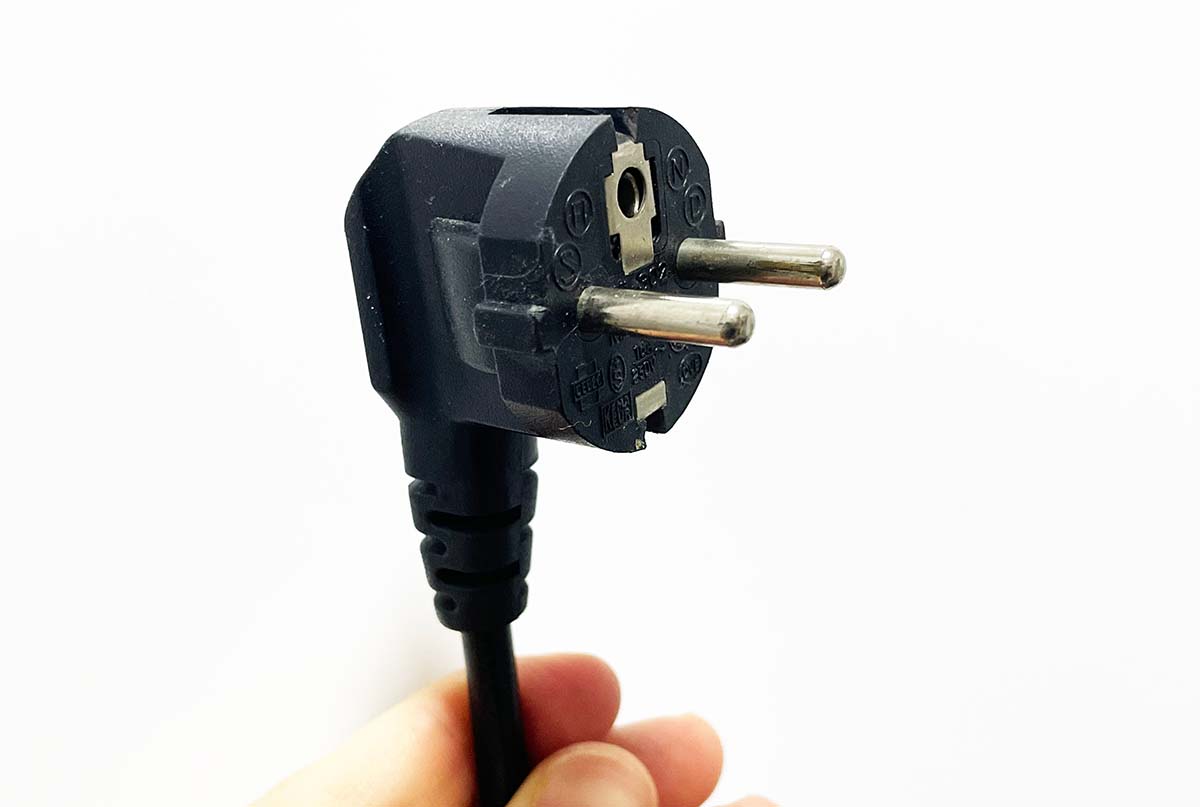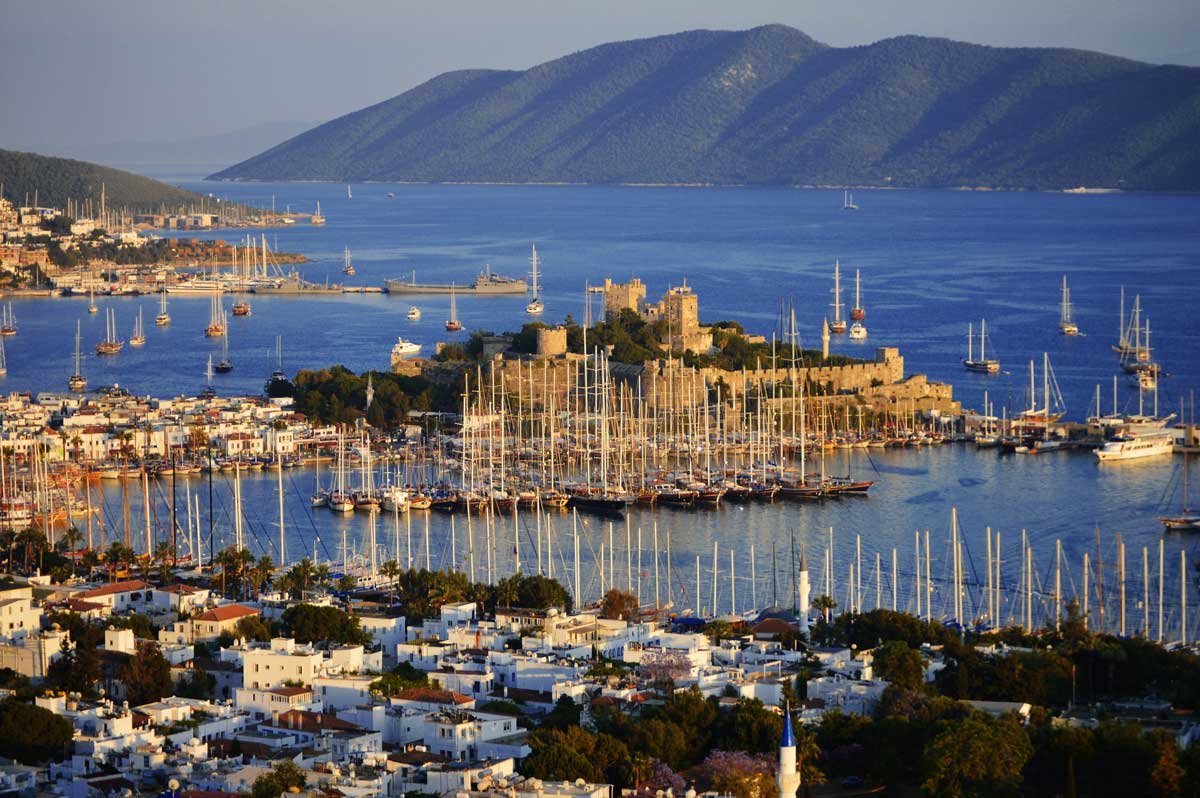If you’re travelling to Turkey, you don’t want to be without power. Before you leave home it’s a good idea to check whether you need a travel power plug adapter or a voltage converter.
In this article we’ve listed the latest information on the types of electrical outlets, voltages and frequencies used in Turkey.
Power plug types in Turkey
Turkey uses two plug and socket types – C and F.
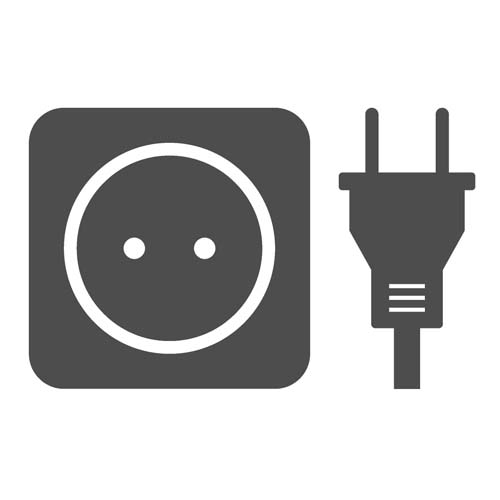
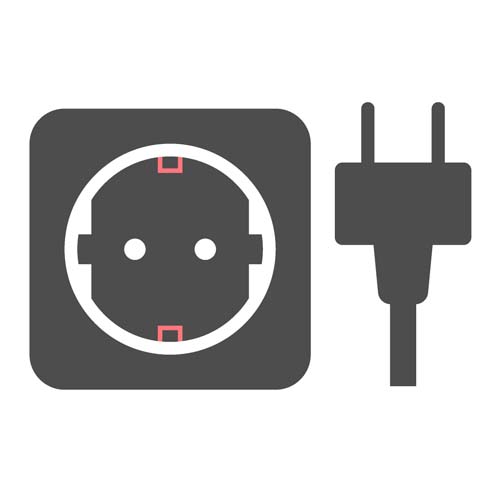
Other countries that share these types of plugs are Estonia, Finland, Georgia and most of Europe. Some of the main areas for travelers in Turkey include Istanbul, Izmir, and Cappadocia.
Voltage and frequency of electricity in Turkey
Turkey has a standard electricity voltage of 230 volts and a frequency of 50 hertz. You need to be careful when it comes to different electrical voltages and frequencies. If you’re coming from a country that has a lower standard voltage such at 120 Volts you will likely need a voltage converter.
If the frequency of your device is not 50 hertz like in Turkey, it’s recommended not to use it without a voltage converter which also changes the frequency (hertz). Most devices these days will show a range of volts and hertz which means they can more easily be used in different countries without the risk of damage.
Do I need a power plug adapter for Turkey?
Traveling from the USA to Turkey
You need a power plug adapter if your coming from the USA and going to Turkey.
- Electronic appliances in the USA, plugs A and B will not connect to socket C and F.
- The voltage and frequency in the USA is different to the voltage and frequency in Turkey.
Traveling from Australia to Turkey
You need a power plug adapter if your coming from Australia and going to Turkey.
- Electronic appliances in Australia, plug I, will not connect to socket C and F.
- The voltage and frequency in Australia is the same voltage and frequency in Turkey.
Traveling from the UK to Turkey
You need a power plug adapter if your coming from the UK and going to Turkey.
- Electronic appliances in the UK will not connect to socket C and F.
- The voltage and frequency in the UK is the same voltage and frequency in Turkey.
If you’re not just traveling to Turkey and want a travel adapter that works in any country in the world you can save yourself the hassle of buying many adapters and get a universal travel adapter.
Electricity in Turkey
Turkey has a well-developed electricity grid network with a total length of 848,345 kilometers in 2017. The electricity grid network is managed and operated by the Turkish Electricity Transmission Company (TEIAS). The transmission capacity is projected to increase from 44 GW in 2017 to 69 GW by 2023 due to the expansion of existing power lines and new ones being built.
The Turkish government is also investing in electricity infrastructure to improve access to electricity. The goal of this investment is to connect more households, businesses and other end-users with the grid network.
One of the primary goals of the Turkish government for the energy sector is to reduce its dependence on imported energy resources through both renewable and non-renewable sources.
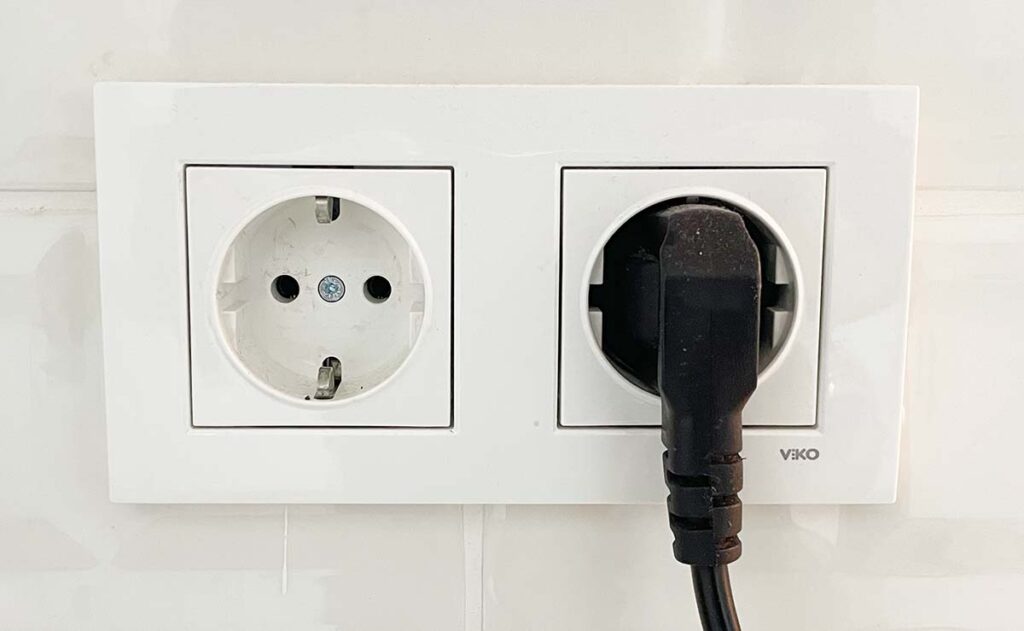
FAQ
What is Plug Type C?
Plug Type C is a plug without an earth ground, and due to its widespread usage in Europe it has gained the nickname ‘Europlug’.
There are no set positive and negative pins, which means you can connect the plug in either direction.
This makes using Type C slightly more convenient than the other plugs.
To improve safety, the pins have a small layer of insulation. That will ensure that people don’t get accidental shocks when they touch the device.
The space between Type C terminals is slightly bigger than Types A and B. Typically, these pins measure approximately three-quarters of an inch apart to reduce the risk of shorts due to pin contact.
What other countries use Plug Type C?
Plug Type C has become the most widespread plug in Europe. It is used to power all sorts of devices, from phones and laptops to refrigerators, microwaves, and electric stoves.
Where did Plug Type C come from?
Plug Type C was developed in the 1950s by German manufacturer VDE, as an efficient way to power small appliances. It gained popularity due to its small form factor and compatibility with other European plugs. As the plug became more widely adopted, it earned the nickname “Europlug”.
What is Plug Type F?
Plug Type F is a plug type used throughout Europe including Turkey. It has two round pins which are 4mm apart from each other, along with a ground pin that is offset below the others. This plug type is very common in Europe and is rated for voltages up to 250V AC and currents up to 16 Amps. Plug Type F is similar to plug Type C so you can connect Type C plugs into Type F Sockets, though you can’t do it the other way around.
What other countries use Plug Type F?
As well as Turkey, Plug Type F is used in Germany, Austria, Switzerland and Liechtenstein. It can also be found in parts of Eastern Europe, including Lithuania, Bulgaria and Romania. It is sometimes used in other countries such as North Africa and the Middle East.
Power plug and electricity information has been collected from the International Electrotechnical Commission (IEC).

I’m a writer and graphic designer currently living in Turkey with my family. I enjoy learning language, great food (chicken kebab is a favourite at the moment) and experiencing places less-traveled.

